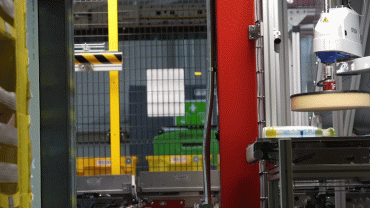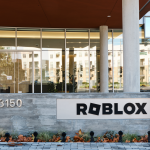
- AI
- Robotics
Amazon Deploys 750,000 Robots Worldwide for Warehouse Operations
3 minute read

Global E-commerce Giant Revolutionizes Warehouse Operations with 750,000 Robots and Project Vulcan Technology
Key Facts
- Amazon deploys over 750,000 mobile robots globally, with 75% of customer orders processed using robotic assistance
- The Shreveport fulfillment center demonstrates 25% improved fulfillment costs during peak periods
- Project Vulcan can handle approximately 75% of Amazon’s product inventory with human-comparable speed
Introduction
Amazon’s robot manufacturing facilities stand at the forefront of warehouse automation, transforming traditional logistics operations through advanced robotics technology. According to Business Insider, these facilities represent a significant shift in how the world’s largest e-commerce company handles its fulfillment operations.
Key Developments
The company has established multiple robot manufacturing sites worldwide, positioning itself as the global leader in industrial robotics production. These facilities produce various automated systems, including drive units that transport goods across warehouses. The recent introduction of Project Vulcan marks a significant advancement in robotics technology, featuring force feedback sensors that enable precise handling of diverse products.
Market Impact
Amazon’s vertically integrated approach to robotics manufacturing provides substantial competitive advantages in the e-commerce sector. The Shreveport facility exemplifies this success, showing marked improvements in operational efficiency. The company’s extensive robot deployment has revolutionized order fulfillment processes, enabling faster and more accurate customer service.
Strategic Insights
The integration of robotics technology represents a calculated move to enhance operational efficiency while addressing workforce challenges. Project Vulcan’s development demonstrates Amazon’s commitment to combining human workers with advanced automation, creating a more efficient and safer work environment.
Expert Opinions and Data
Aaron Parness, Amazon’s director of robotics AI, describes Project Vulcan as a “fundamental leap forward in robotics.” The technology’s ability to handle three-quarters of Amazon’s product inventory with human-comparable speed represents a significant breakthrough in warehouse automation.
The company’s robotics program has generated new job categories, indicating a shift in workforce requirements rather than wholesale replacement of human workers. This transformation aligns with industry trends toward increased automation while maintaining human oversight and specialized roles.
Conclusion
Amazon’s robot manufacturing facilities showcase the practical implementation of advanced automation in modern warehousing. The successful integration of systems like Project Vulcan demonstrates the viability of human-robot collaboration in improving operational efficiency while maintaining workplace safety standards.








